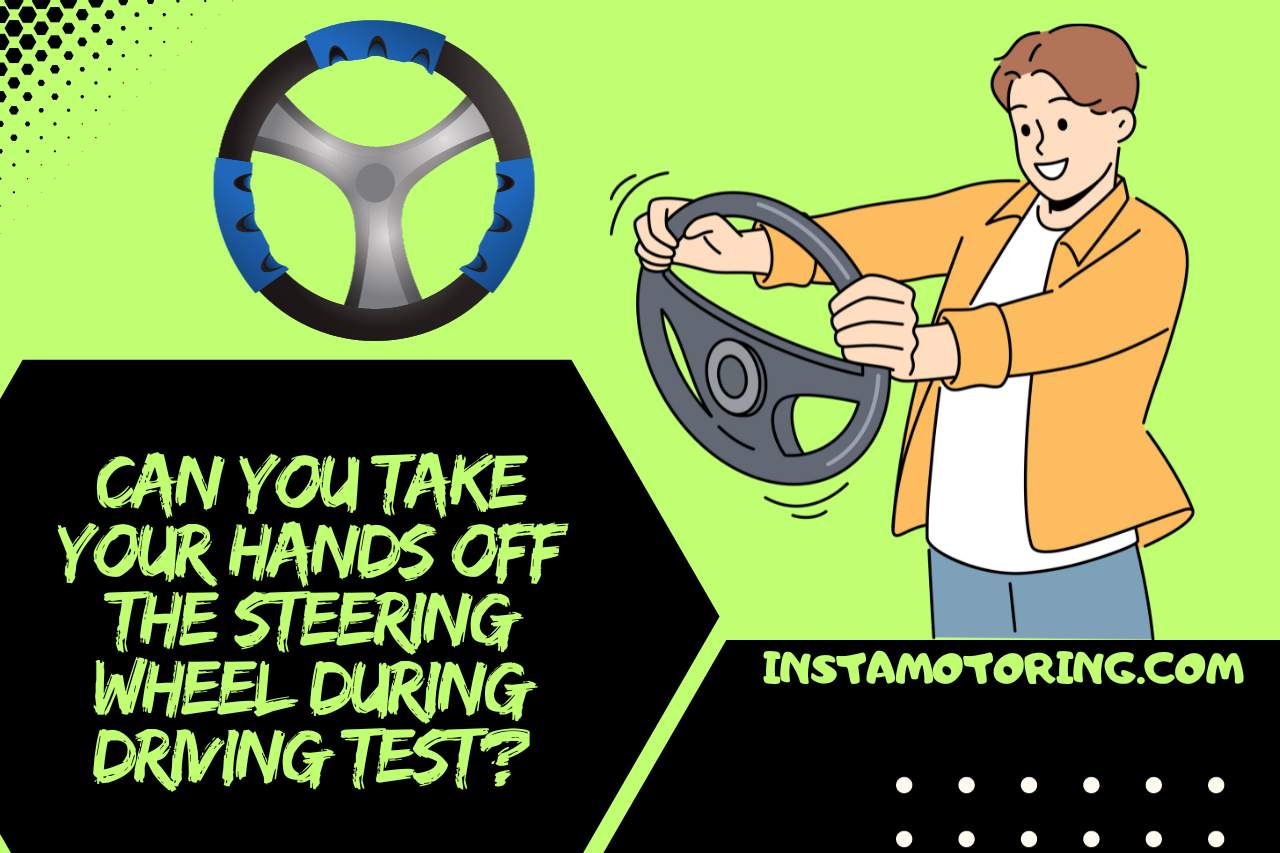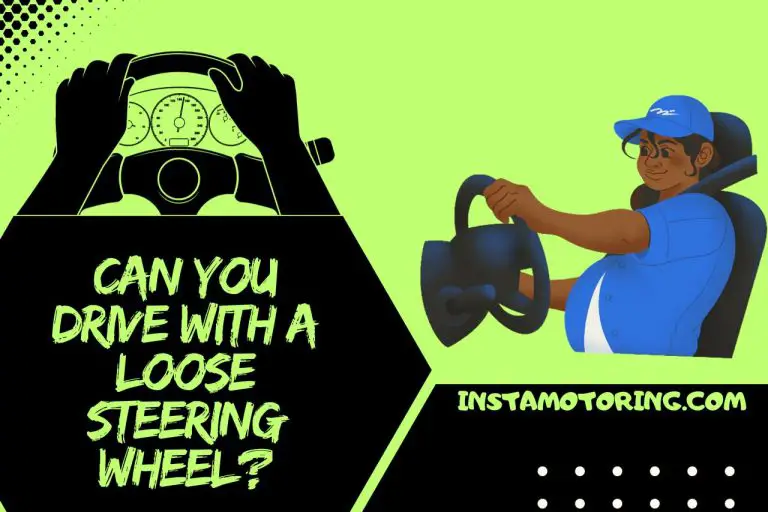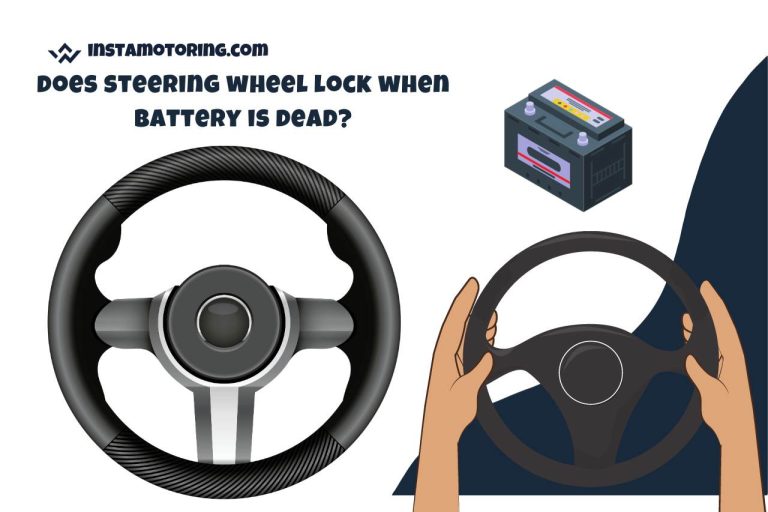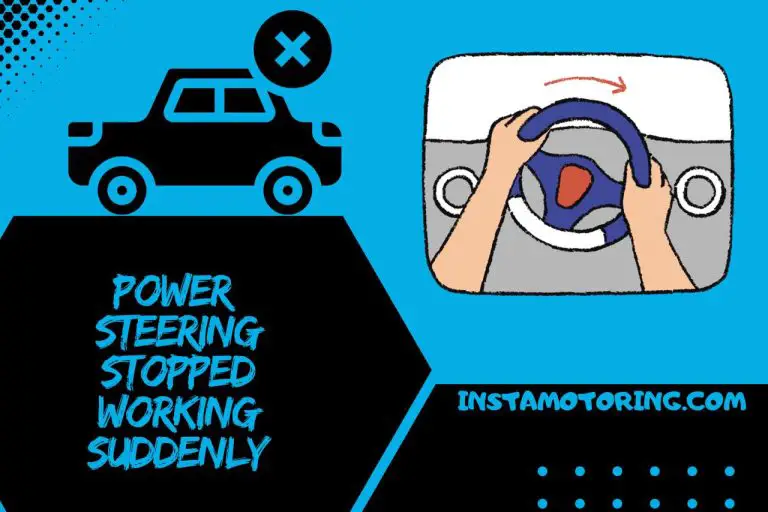Can you Take your Hands Off the Steering Wheel During Driving Test?
Can you take your hands off the steering wheel during a driving test? If you are a new applicant, it is normal to have curiosity about the do’s and don’ts during your driving test.
Among tons of doubts, this question might be a major one because the steering wheel should be handled whenever you are in the driver’s seat. Are you ready to navigate the driving test landscape? Let’s dive in.
Can you Take your Hands Off the Steering Wheel During Driving Test?
No, you cannot take your hands off the steering wheel during a driving test. Keeping your hands on the steering wheel is a fundamental safety requirement during a driving test. It demonstrates control, responsibility, and adherence to traffic rules. The only chance to take the hands off the steering wheel is when you shift.
Why is it not allowed to take your hands off the steering wheel? Let’s discuss the reasons.
- Safety Protocols: Keeping hands on the steering wheel is a safety protocol rooted in the principles of defensive driving. The reason why, it allows for immediate response to unexpected situations, facilitating quick maneuvers to avoid potential hazards. Actually, this practice not only showcases your commitment to safety but is also a fundamental skill that contributes to accident prevention.
- Test Evaluation: During a driving test, examiners closely observe your ability to maintain control of the vehicle. Undoubtedly, your capacity to steer and navigate while keeping your hands on the wheel is a critical aspect of the evaluation process. It provides examiners with insights into your overall driving proficiency, contributing to the comprehensive assessment of your skills.
- Legal Compliance: Beyond the scope of the driving test, operating a vehicle without hands on the steering wheel is a clear violation of traffic laws in any country. Driving regulations mandate that drivers maintain control of the vehicle at all times, and this includes having hands on the steering wheel. Adhering to legal requirements is not only necessary for the test but is an ongoing obligation for all drivers.
- Risk of Accidents: Taking hands off the steering wheel introduces a significant risk of accidents. It compromises your ability to respond swiftly to changes in traffic conditions, potentially leading to collisions. By keeping your hands on the wheel, you contribute to a safer driving environment during the test and beyond.



How to Hold Your Steering Wheel for a Driving Test?
It is a must to correctly hold your steering wheel for a driving test. The following order of steps guides you to the correct way of holding a steering wheel so you will not make mistakes during the test.
- Start with a Balanced Position: Begin with your seat adjusted for comfort, ensuring you can reach the pedals and have a clear view of the road.
- Hands at 9 and 3 O’clock: Place your hands on the steering wheel at the 9 and 3 o’clock positions. This offers optimal control and stability.
- Maintain a Firm Grip: Hold the wheel with a firm but relaxed grip. Avoid gripping too tightly, allowing for precise and controlled movements. Similarly, do not touch the wheel using only your fingertips; you should maintain adequate control.
- Avoid One-Handed Driving: Keep both hands on the wheel throughout the test. Avoid one-handed driving, as it may signal a lack of control.
- Use Hand-Over-Hand Technique: Employ the hand-over-hand steering technique for turns. This ensures smooth and controlled maneuvers. Moreover, this technique is quicker than the hand-to-hand method.
- Adjust as Needed: Adjust your grip when necessary, especially during turns or parking maneuvers. Adapt to the driving conditions and maintain a proactive stance.
Will I Fail My Driving Test If I Cross My Hands?
No, you will not fail the driving test if you cross your hands, but it’s discouraged. Examiners prefer the hand-over-hand technique for turns as it ensures better control.
Crossing hands occasionally may be overlooked, but consistent use might lead to deductions. Thus, emphasize the hand-over-hand method to showcase safe and precise steering.
Moreover, since you are facing a test, the best practice would be to avoid hand-crossing. The reason why, consistently crossing your hands, particularly during turns, may lead to point deductions.
Examiners evaluate your ability to handle the vehicle smoothly and safely. If an alternative technique compromises control or creates unnecessary risk, it could affect your overall test performance.
To avoid any potential deductions, it’s advisable to prioritize the hand-over-hand technique.
This method not only aligns with safety standards but also demonstrates your commitment to responsible and effective steering.



My name is James, I work as an Automotive Designer with 9 years of experience. I also work as a mechanic and vehicle inspector. I love deciphering complicated car exteriors and interiors and resolving fluid and oil troubles. InstaMotoring.com is here to help you troubleshoot your car with dependable and expert help.







